(First upload on December 20 2009. Last on April 6 2024) [ 日本語 | English ]
Mount Usu / Sarobetsu post-mined peatland
From left: Crater basin in 1986 and 2006. Cottongrass / Daylily
HOME > Plant list (植物リスト) > Rutaceae (ミカン科) > Citrus tachibana
Citrus L. (ミカン)C. aurantifolia (Christm.) Swingle (ライム)C. grandis (L.) Osbeck (ザボン) C. hystrix DC. (コブミカン) C. japonica Thunb. (キンカン) Citrus medica L. (シトロン) |
C. natsudaidai Hayata (ナツミカン) C. nobilis Lour. (クネンボ) C. tachibana (Makino) Tanaka (タチバナ) C. pseudogulgul Hort. ex Shirai (シシユズ) C. sphaerocarpa Hort. ex Tanaka (カボスキシュウミカン) C. unshiu (Swingle) Marcow. (ウンシュウミカン) |
|
|
= Citrus × aurantiifolia (Christm.) Swingle ライム (莱姆 in Chinese), lime, key lime, West Indian lime, bartender's lime, Omani lime or Mexican lime |
Lifeform: evergreen, tall shrub Origin: a citrus hybrid (C. hystrix × C. medica) native to tropical Southeast Asia |
Synonyms:
Limonia aurantifolia Christm. |
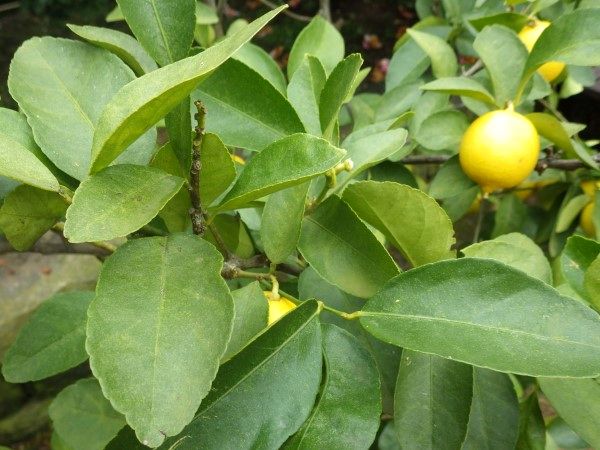 1
1
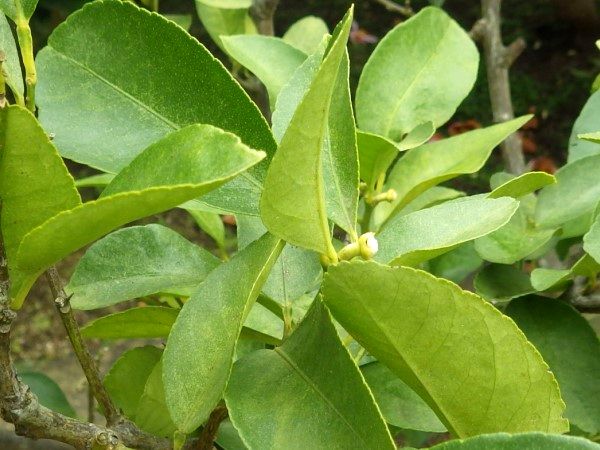 2
2
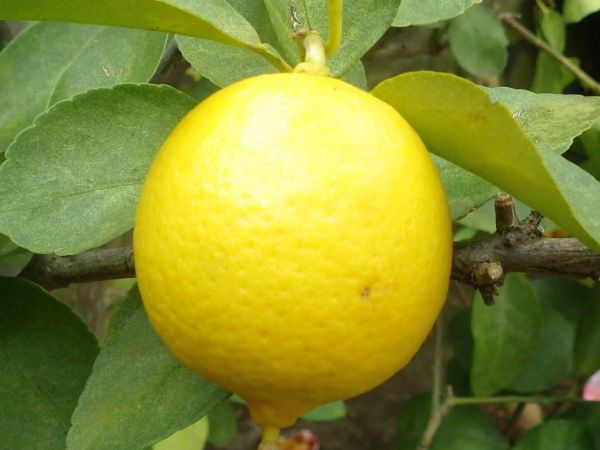 3
3
[1-3] at a greenhouse in Yurigahara Park, Sapporo, on March 17 2024.
|
Zabon (ザボン, 朱欒), pomelo Buntan (ブンタン, 文旦), Bontan (ボンタン), Uchimurasaki (ウチムラサキ) Lifeform: evergreen tree ≈ 5-15 m tall Distribution: southeastern Asia - southern China - Taiwan |
imported to Japan in early Edo Era Habitat: coasts with rich silt and sand and floodplains, etc. |
Fruit: edible (raw or processed) Use: ornamental - cultivars: many Synonyms: C. maxima (Burm.) Merr., often used |
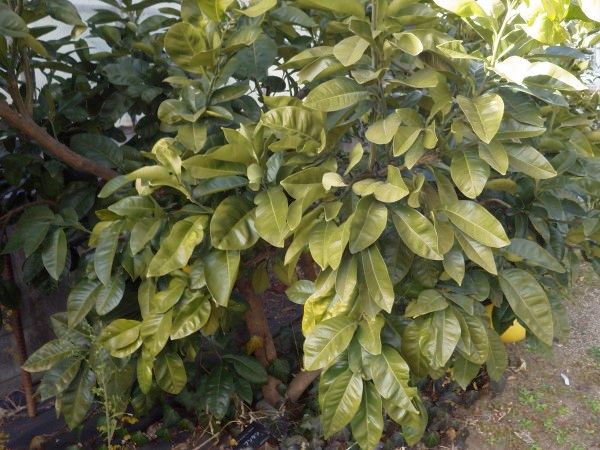 1
1
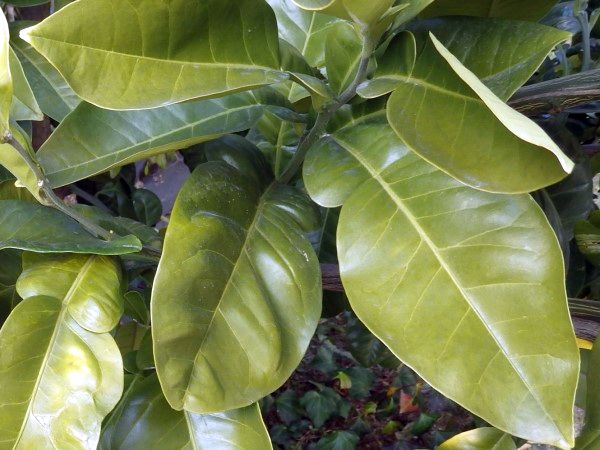 2
2
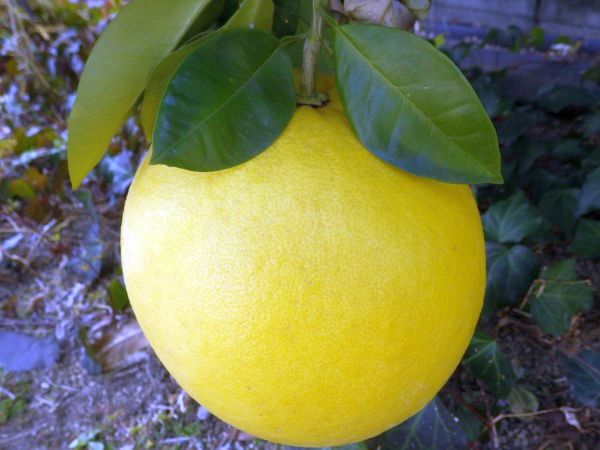 3
3
[1-3] at Sakuya Konohana Kan (咲くやこの花館) located in Osaka, western Japan, on February 6 2022.
|
Shishiyuzu (シシユズ, 獅子柚子), オニユズ(鬼柚子), ジャガタラユズ |
Lifeform: evergreen shrub with 3-4 m in height Origin: China (imported to Japan in Nara Era) |
Use: gardening, (fruit) bath additive, marmalade, succade, etc. |
 1
1
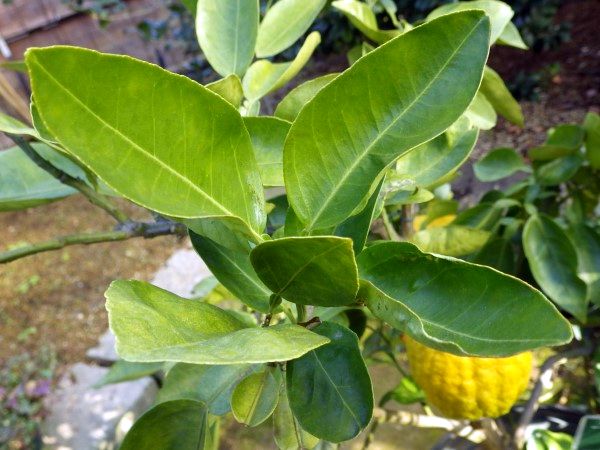 2
2
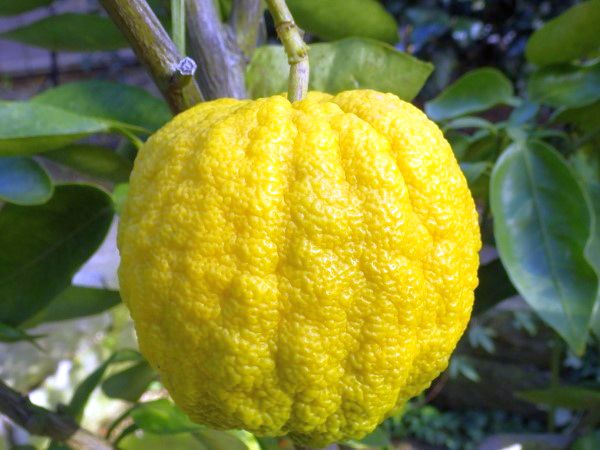 3
3
[1-3] at a greenhouse in Yurigahara Park, Sapporo, on January 24 2021.
|
Kinkan (キンカン, 金柑), kumquats or cumquats Lifeform: evergreen shrub Origin: China (in the middle stream of Chang Jiang River) |
Use: edible, medicine (containing vitamin P) and ornamental Synonyms: Fortunella japonica (Thunb.) Swingle |
Cultivars: crassifolia (ネイハキンカン) hindsii (マメキンカン), syn. Fortunella hindsii (Champ.) Swingle margarita (ナガキンカン) obovata (チョウジュキンカン) |
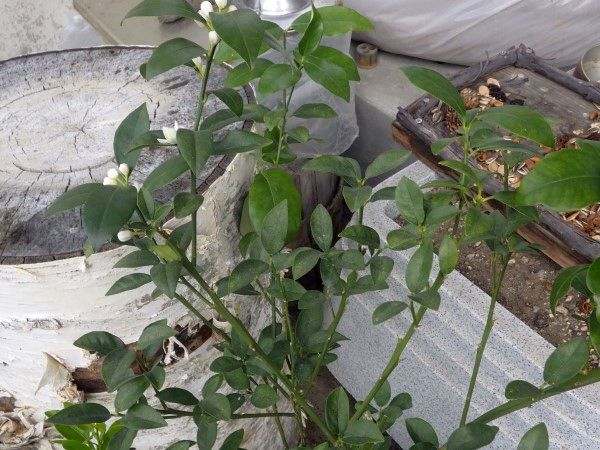 1
1
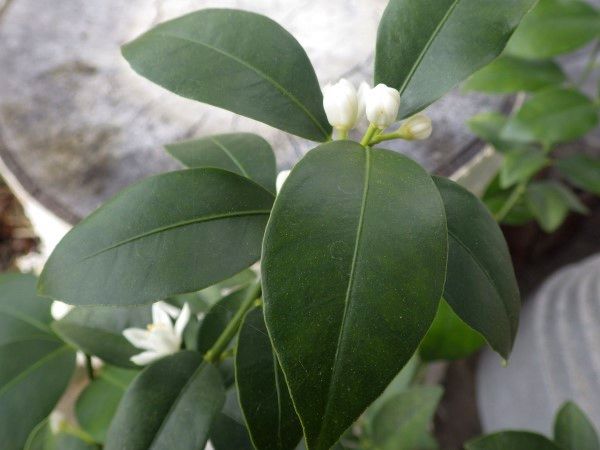 2
2
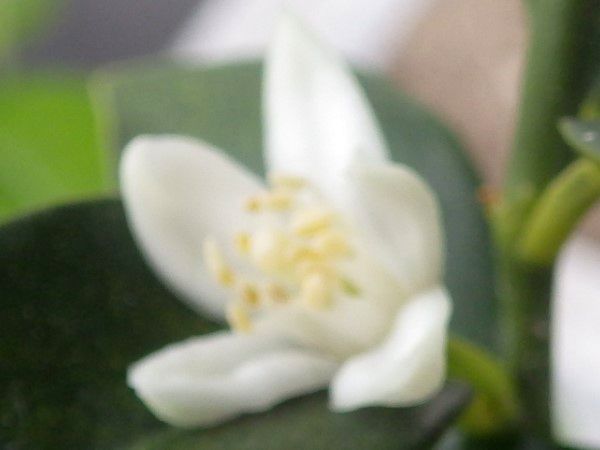 3
3
[1-3] in a pot placed in front of the office of Shibecha Kyoto University Experimental Forest, on June 26 2019.
 1
1
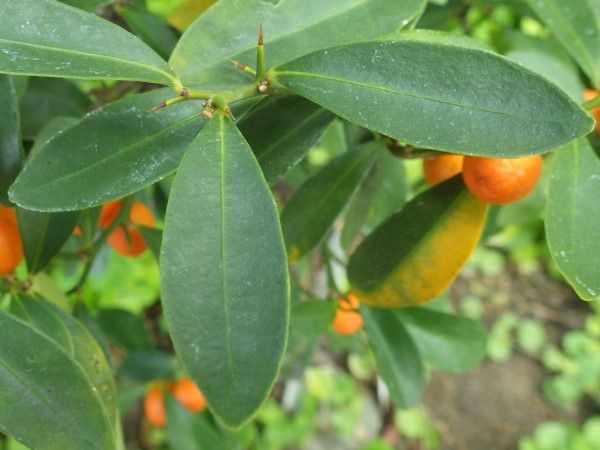 2
2
 3
3
[1-3] at Sakuya Konohana Kan (咲くやこの花館) located in Osaka, western Japan, on February 6 2022.
|
Tachibana (タチバナ, 橘), Tachibana orange Lifeform: evergreen tree < 4 m high Distribution: Taiwan - Korea - Japan (Kyushu - central Honshu) Habitat: mountains near the sea |
Flower: white Fruit: aromatic, yellow or orange Seed dispersal: animal Used for the lucky tree (縁起木) of 'perpetual youth and longevity' |
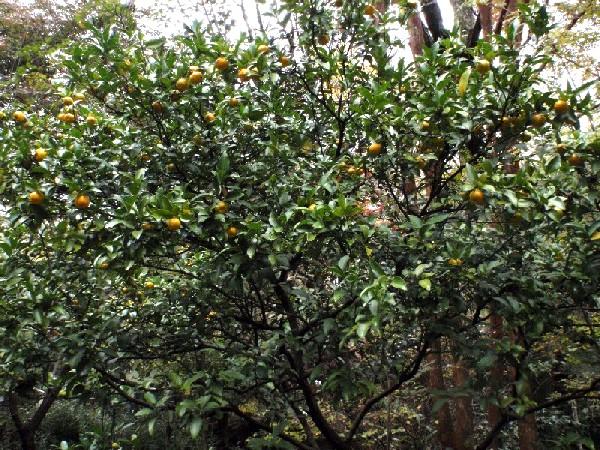 1
1
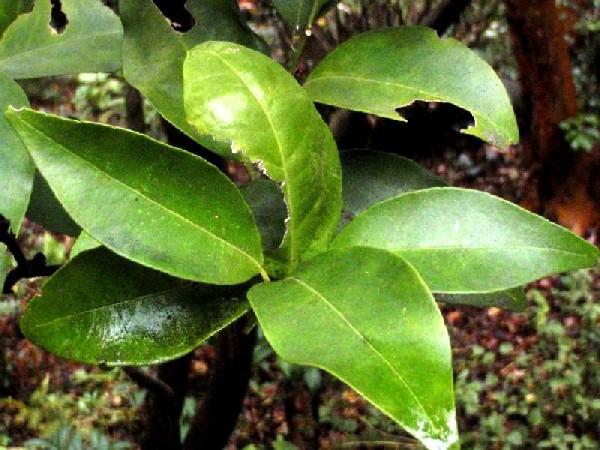 2
2
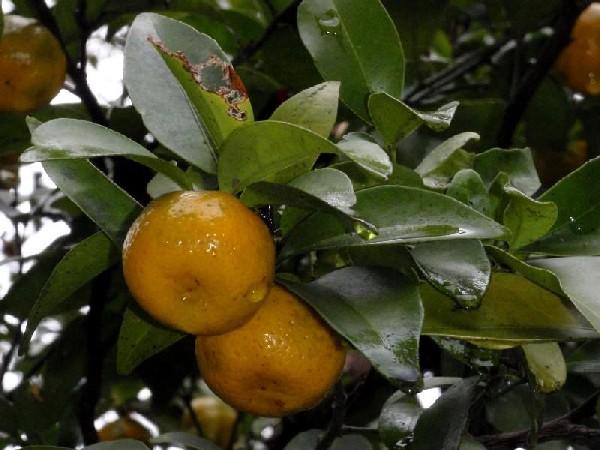 3
3
[1-3] at Rakuju-en Garden, Mishima, on November 18 2009.
|
Kunenbo (クネンボ, 九年母) Lifeform: evergreen shrub |
Distribution: East Asia (imported to Japan) |
Synonyms:
Citrus aurantium L. Tangor Group |
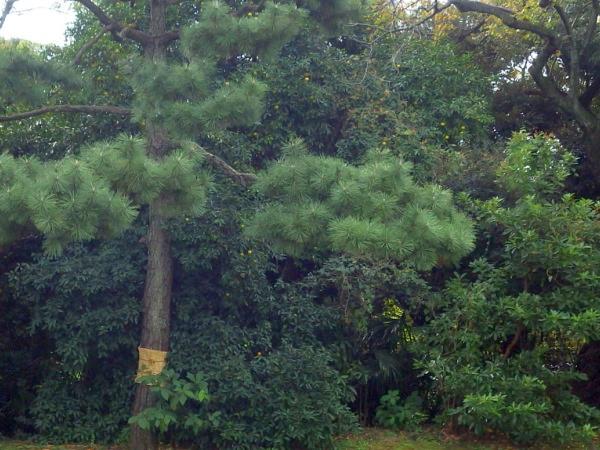 1
1
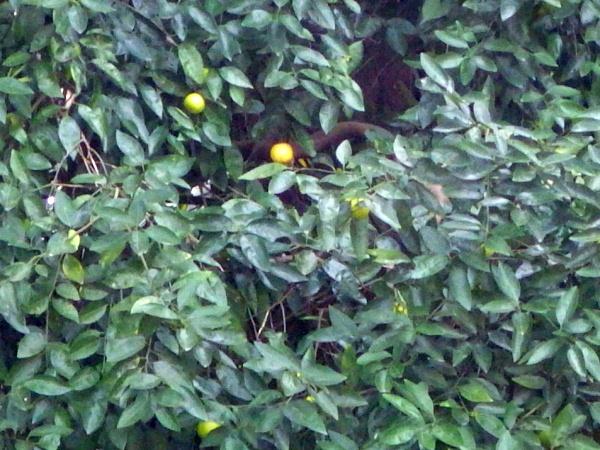 2
2
[1/2] in Hama-rikyu Gardens (浜離宮), Tokyo, on November 13 2015.
|
Kabosu-Kishumikan (カボスキシュウミカン, 臭橙/香母酢), kabosu Lifeform: evergreen, short tree phylogenetically close to Citrus junos (ユズ) |
Distribution: mostly produced in Oita Prefecture
grown in areas of which mean annual temperature is higher than 14-15°C |
Branch: developing spines Use: flavoring (particularly for Fugu dishes) |
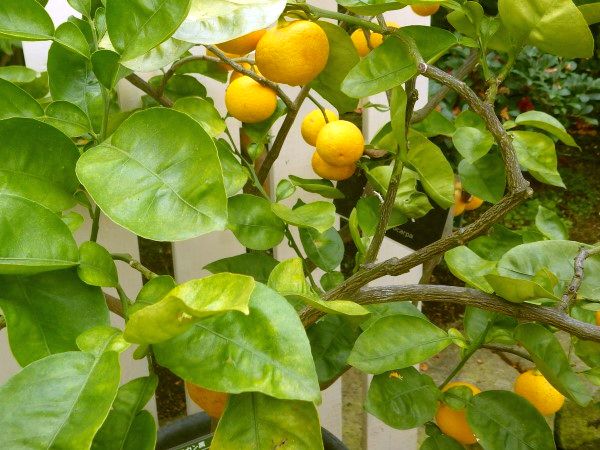 1
1
 2
2
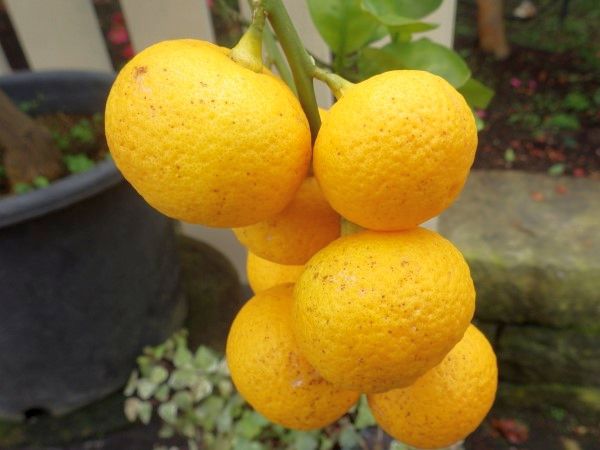 3
3
[1-3] at a greenhouse in Yurigahara Park, Sapporo, on March 17 2024.
|
Unshu-mikan (ウンシュウミカン, 温州蜜柑), satsuma orange, satsuma mandarin, , unshu mikan, cold hardy mandarin and tangerine Lifeform: evergreen shrub or short tree |
Origin: Nagashima in Kagoshima Prefecture, Kyushu, Japan Habitat: sunny with mesic soil Stem: less spines |
Flower: early May to early June in the southern parts of Japan Use: edible fruit (most satsuma oranges cultivated in Japan are this species) - many cultivars |
 1
1
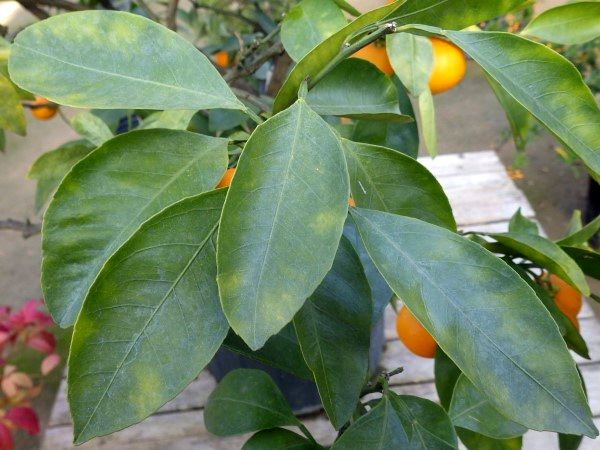 2
2
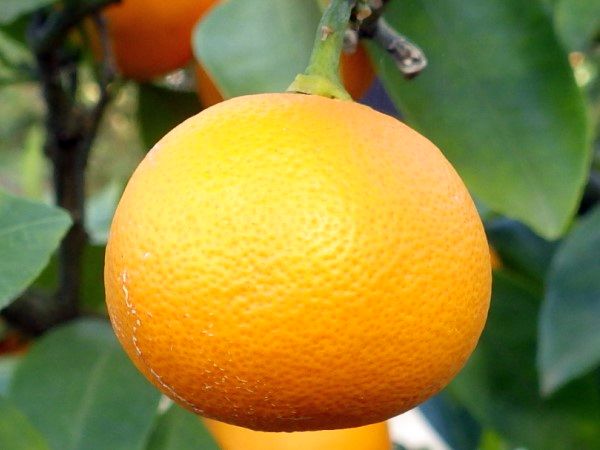 3
3
[1-3] at a greenhouse in Yurigahara Park, Sapporo, on January 24 2021.